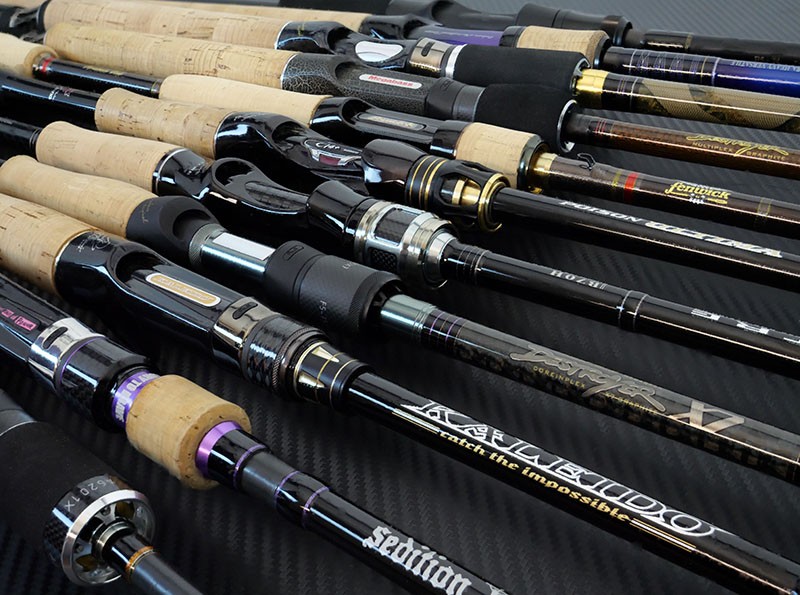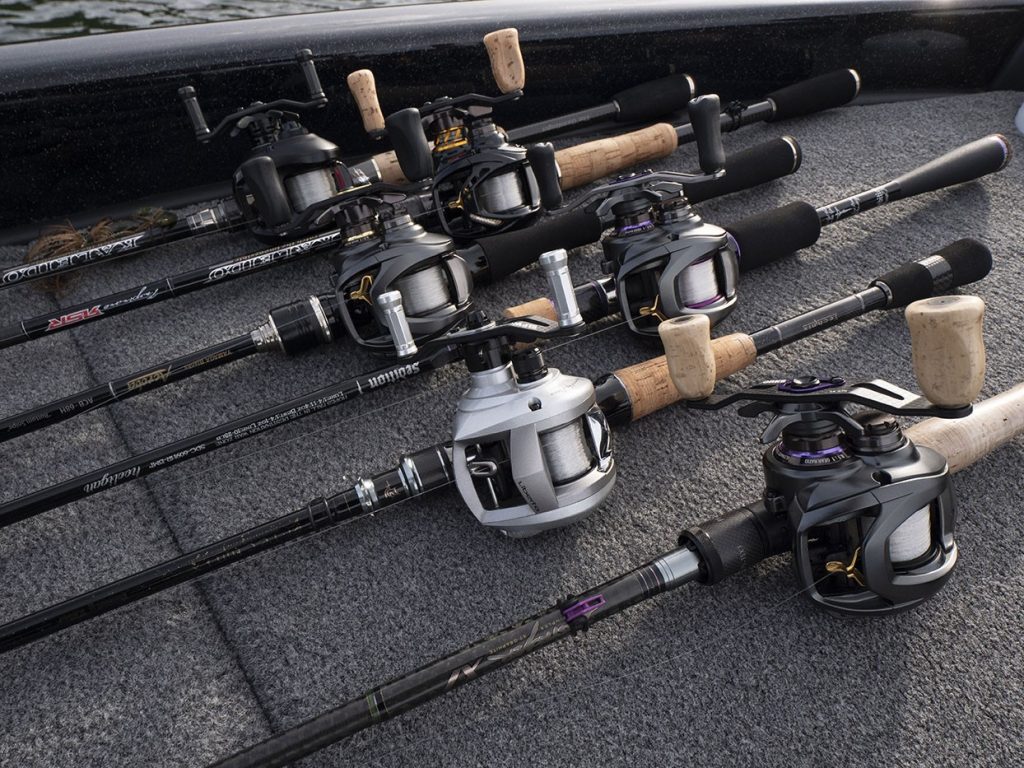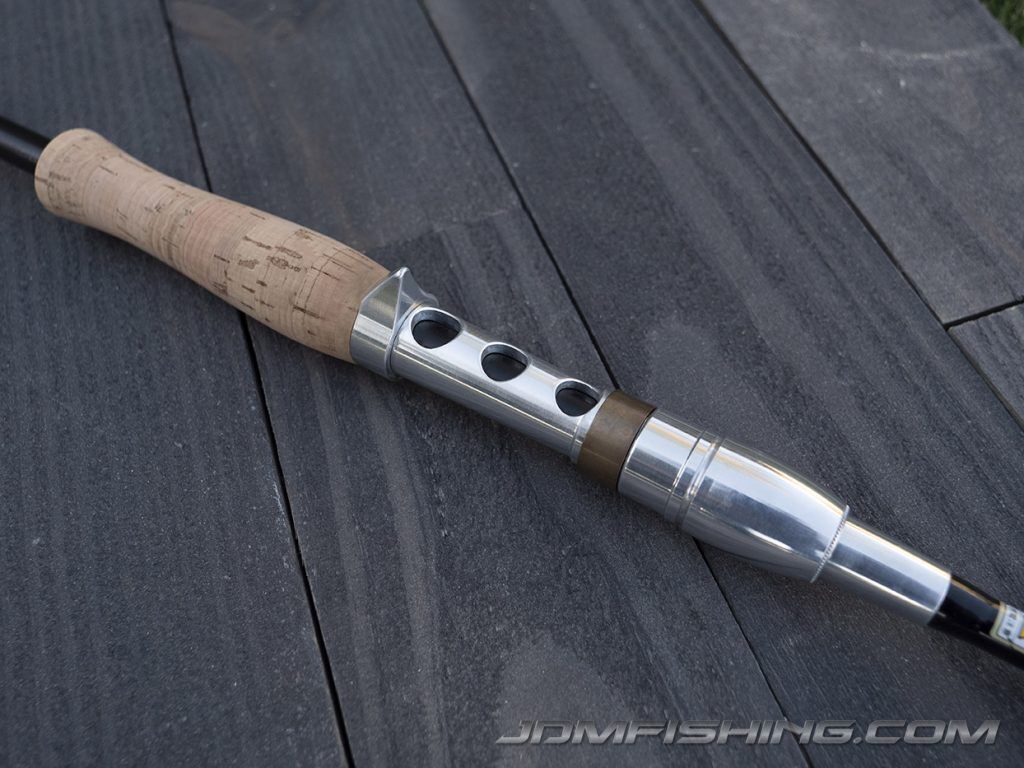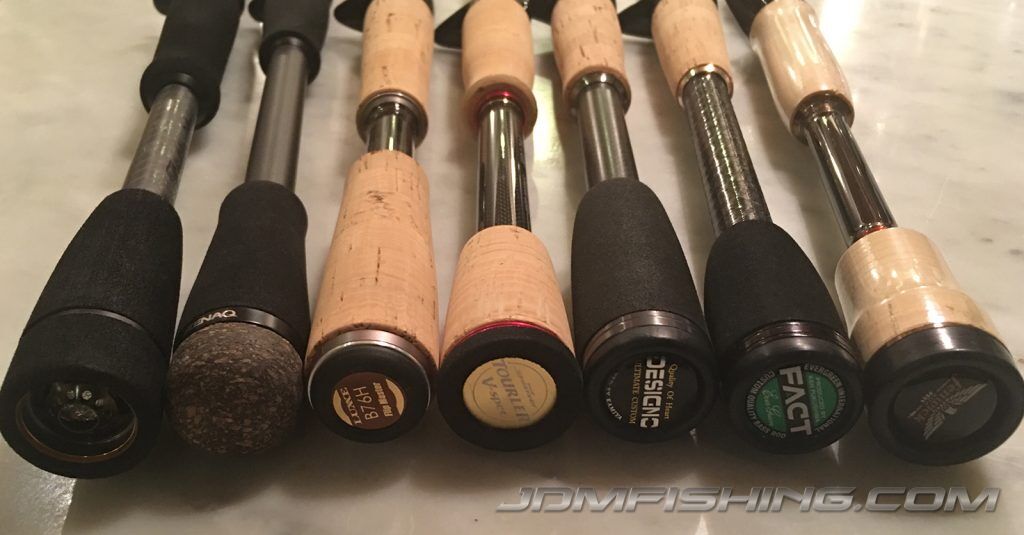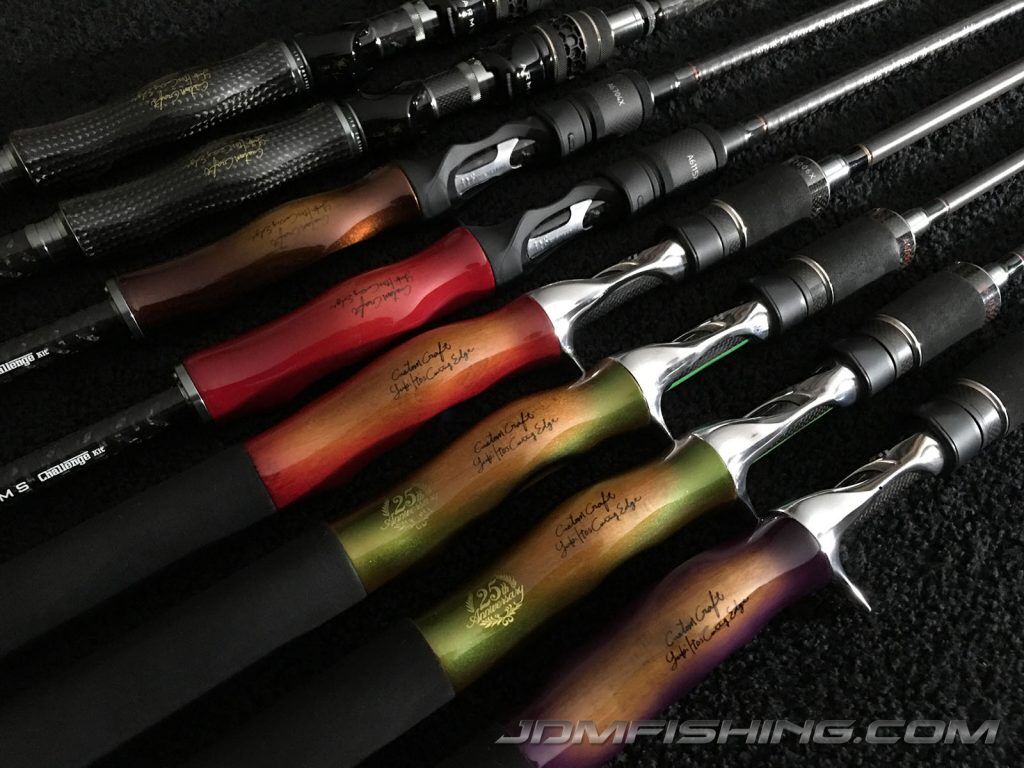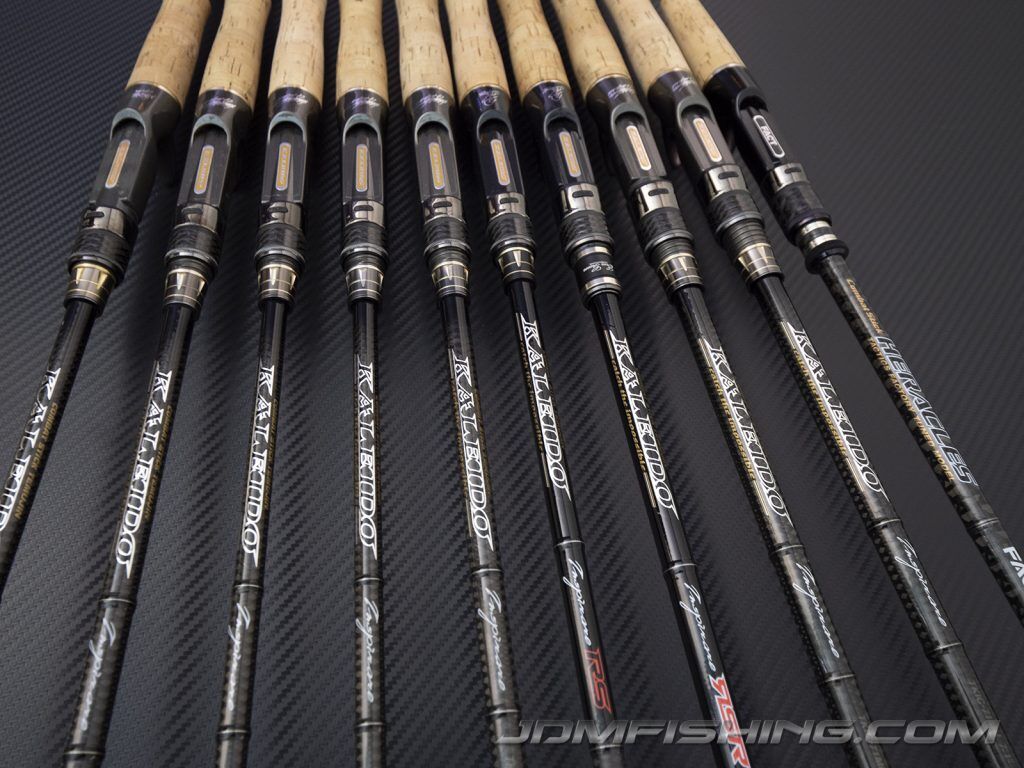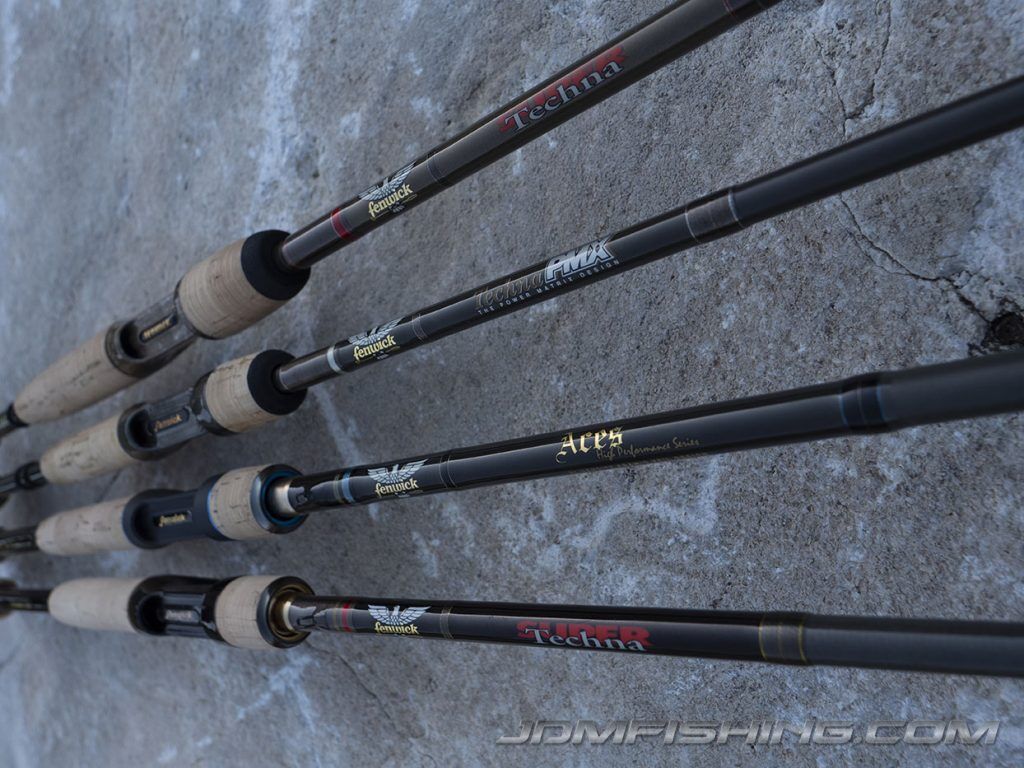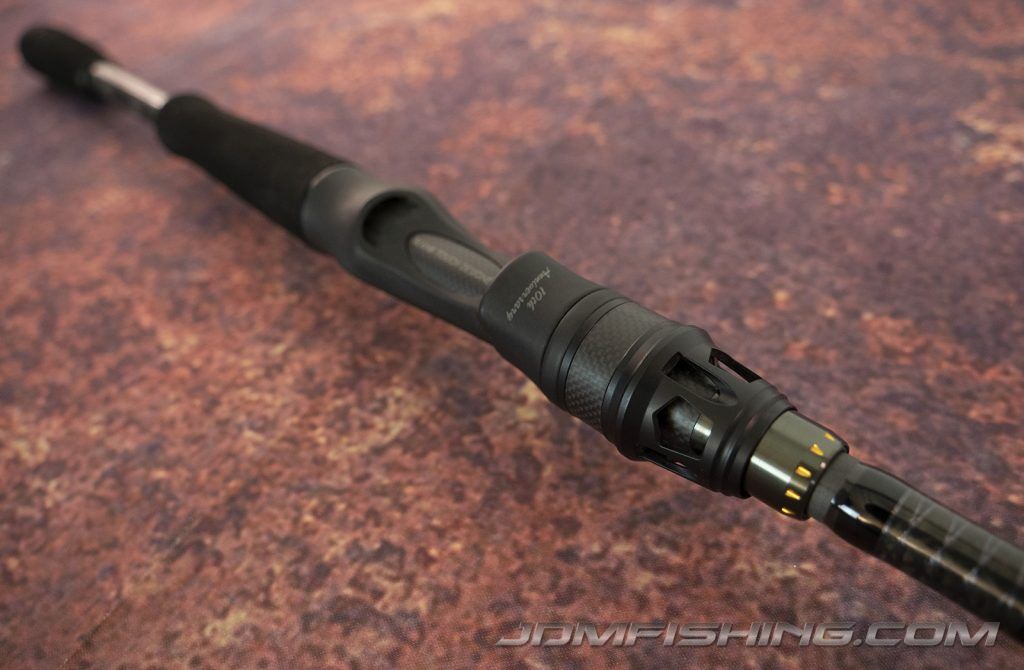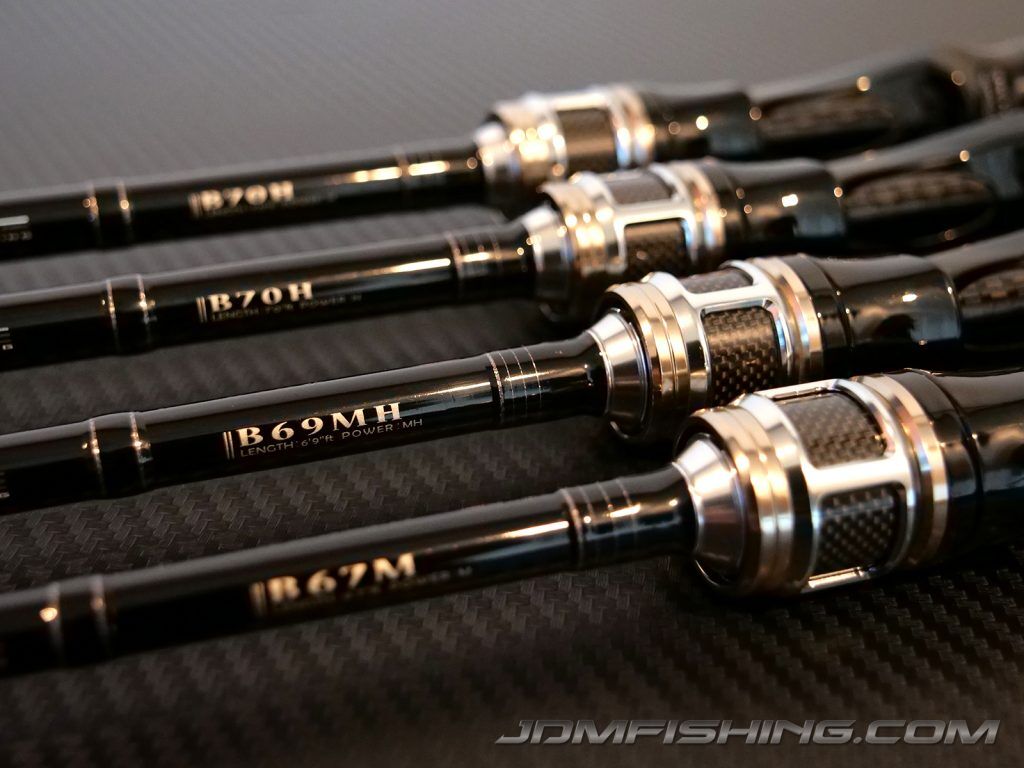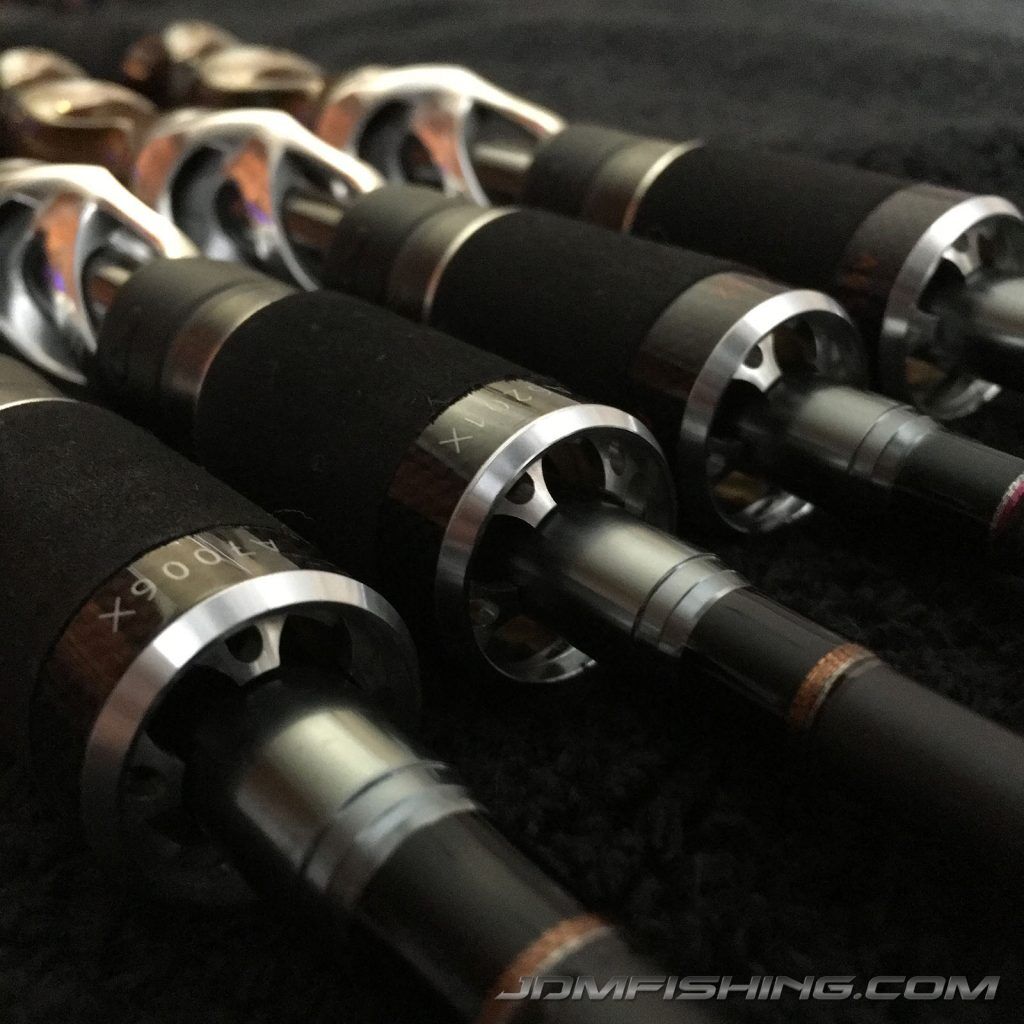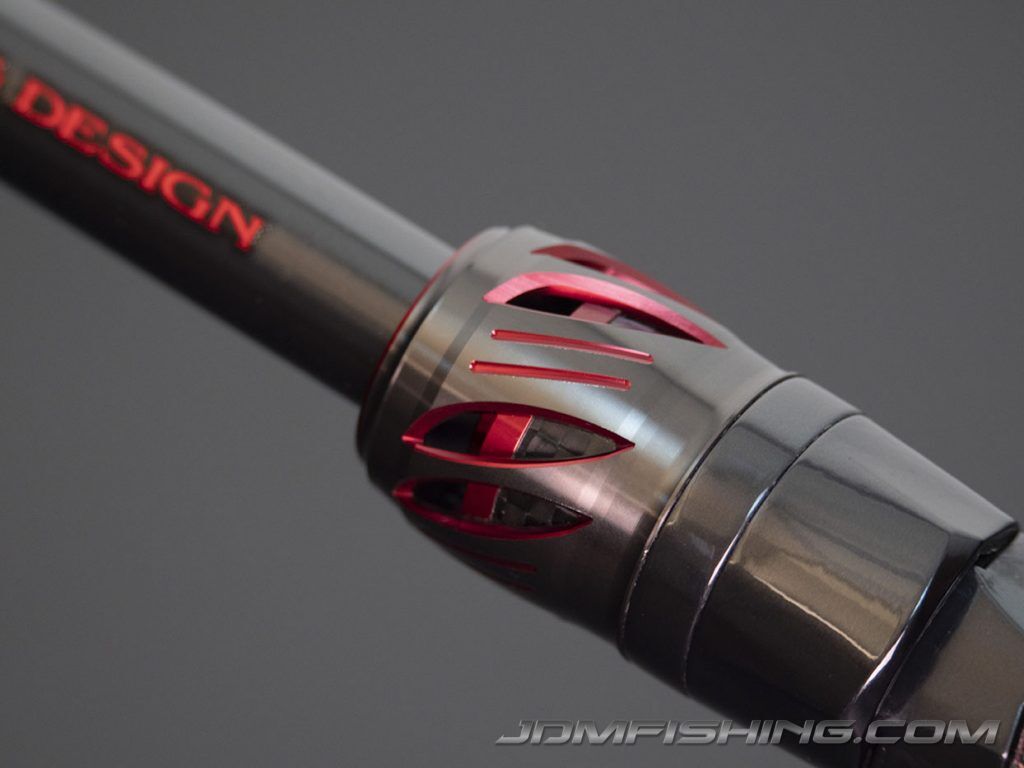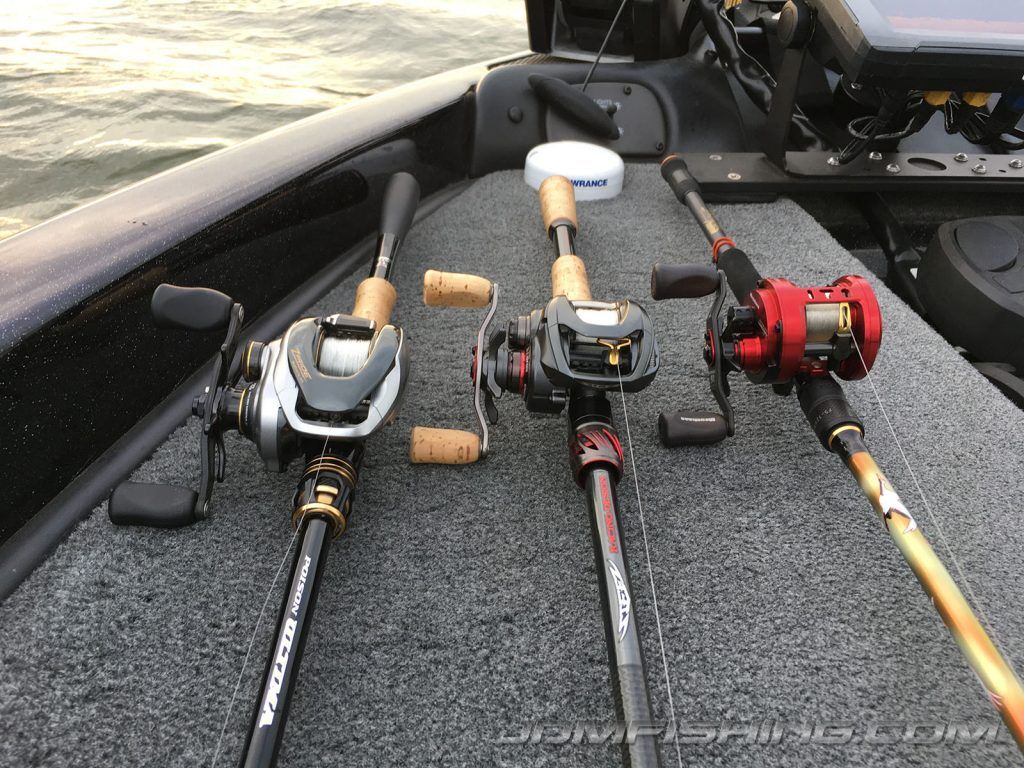Most of the questions I get these days are in regards to JDM rods. I’m often asked if I’m familiar with a given brand, how certain models fish, and what I’d suggest for a specific application, or for versatility with focus on certain techniques. With so many great options from companies that are producing outstanding rods, it’s sometimes tough to suggest just one rod for any job, as I myself, tend to fish multiple dedicated combos for specific techniques.
Don’t get me wrong…I completely understand the need for versatility as most fishermen don’t carry 35-40 combos in their boats, or may be back-seaters and/or bank fishermen that are limited to just a few combos they can carry at a time. With that in mind, many fishermen are often looking for rods that can do multiple things, and do them very well.
Just as with the USDM market, there are so many JDM offerings available in varying lengths, tapers, and power ratings, that it is often overwhelming to someone who’s trying to decide which high-end/JDM rod they should start with, or “buy and try” next. Couple that with the fact that you usually can’t go down to your local tackle shop to handle a specific JDM rod before buying, the large price tags, the extremely limited amount of detailed info/reviews, and it makes things even more confusing in terms of what should be on your “short list”.
The fact that I’ve “rolled the dice”, purchased, fished, and own so many different models and brands of JDM rods, has really helped me become quite familiar with many different manufacturers/models and even more importantly, their strengths and shortcomings.
Before I move on…Please remember the fact that so many fishermen have different preferences when it comes to what they want or expect from a rod for any given technique. It’s all personal, and it’s this fact that often leads me to concentrate on describing a rod’s characteristics just as much, if not more often than focusing on what techniques I think it will shine at.
Now, most manufacturers do a pretty good job of designing/building their rods for specific techniques, and I will always mention what technique I’m utilizing any given rod for, but (especially with JDM rods) I urge you to try and keep an open mind. I’m a firm believer in thinking outside the box, and I put most of the rods I’ve bought/own through a series of tests utilizing multiple techniques. I’m often VERY surprised that some rods will end up serving a purpose in my line up that they probably weren’t originally designed or marketed for. This is just one of the things I’ve come to love most about JDM rods…that multi-role versatility that I’ve discovered along the way.
Let’s get to the meaty part of this rant.
Here are some of the things I feel should be highlighted when it comes to what the main differences between JDM and USDM rods are.
1.) QUALITY
We are big on quality, and a believer in “you get what you pay for”. In my opinion, the quality and craftsmanship that goes into many of the high-end Japanese offerings, is truly second to none. There are still a handful of USDM manufacturers that I highly respect and are EXCELLENT at what they do as well, but the Japanese, more often than not, take it to another level when it comes to form and function. The details, quality of components, machining, cleanliness of builds, balance, and overall beauty are often things to behold. When you pick up a mid to top-of-the-line rod from both big and small, Japan-based companies it’s easy to notice that there is, more often than not, real passion going into these designs/builds. More so…their outstanding performance characteristics come through loud and clear when you get out on the water.
As of now, there is a decent number of Japanese manufacturers that still do everything in-house, from rolling their own blanks, to shipping their products to dealers (but that’s another article in itself). And then, there are Japanese companies that design/engineer their products in house, but have opted for having products within their lines manufactured/assembled in China, Taiwan and other countries. I will say this…quality control with these items seems to be far above the norm, and when it comes to their top of the line offerings, most have kept manufacturing in house, or within Japan, and this often results in that “upper echelon” of unbeatable quality.
2.) TAPERS AND POWER RATINGS
One of the first things many will often notice after acquiring a JDM rod is that the taper(s)/power ratings can be much different from USDM offerings/ratings and will vary greatly from manufacturer to manufacturer. Many of the Japanese tapers lean towards a med-fast or “dual taper” designation, and this can be worrisome or discouraging for many that have become accustomed to “Western/USDM” faster tapers for certain techniques. Now…I bring this up for a reason. For example, It’s no secret that I’m a bottom contact fanatic, so it was a bit frustrating to purchase rods that were labeled as “Rubber jig game rods” or a “Texas technique rod” only to receive them and do a quick “carpet tip test” that would result in some disappointment when I would see the rod bend further into the backbone section than I had hoped. I admit..up until the end of the first year that I started buying/fishing JDM rods, I had always preferred a true fast taper for bottom contact duties, but I now know this is just what I had become accustomed to in my prior years of fishing. One of the things I noticed early on about these JDM “bottom contact” sticks was that the rods designated for this type of work, usually fished a bit heavier in power, and sure enough, it is that extra power that will compensate for a slightly slower taper. Not to mention, in many cases, these med/fast tapers allow for a wider range of versatility and I was often pleasantly surprised in these rods’ capabilities. If a given rod’s sensitivity, balance or tip section doesn’t sit well with me for its intended purpose, I would find that a different reel could help with balance issues and even better, that the rod would shine when used for other applications.
Another reason that I believe these different tapers are in place is to help increase the life of these often very expensive blanks. A true fast taper rod has to endure far more stress throughout the fast transition into backbone present during a hook set or cast VS. a rod blank that more evenly distributes these loads along the length of the blank. This alleviates stress within a shorter stretch of the shaft and in my mind, will ultimately prolong the life of the rod. Don’t get me wrong..there are still a good number of JDM rods sporting that fast taper, but my point is, don’t be scared off by a “med/fast” designation, take some time to adjust to the taper, become familiar with how they fish, and try new things. In my experience, they will almost never disappoint. Also…try to remember that there are some (smaller) manufactures that focus on only building rods for certain techniques (big baits, etc) so you won’t get many different taper offerings from these companies, but the rods they do offer will almost excel at their intended purposes/techniques. If you can’t find the info you need on these companies here at jdmfishing.com…dig deeper, interact with our other forum members, or contact us with questions. We are happy to help if we can.
3.) AESTHETICS
This is where the Japanese truly excel. The amount of time and effort that goes into these designs/builds is tremendous, and their attention to detail is absolutely second to none. Now…I’m USA born and raised, but you’ve got to give credit where its due, and simply put, I feel nobody does it better than the Japanese when it comes to executing their rods (and other products) in amazing detail along with some cutting edge styling. From the iconic fore nut used on the Jackall/Shimano Poison Ultima, to the to sculpted grips and fine machine work of the earlier Megabass rods, you just don’t see those things being done by most American companies. The machining, wraps, grip design, winding checks, blank material, tapers…I can go on and on, but you get the point. Their attention to detail is carried over into every aspect of this sport, from lures to reels, to clothing and so-forth. Form and function combined…synergy. This is so important to enthusiasts like us, and so many of the Japanese products satisfy that craving.
4) Price, Price, Price….
I’ll keep this short and sweet. One thing you’ll quickly notice is the LARGE price tag of high end JDM rods (and otherJDM tackle for that matter). Fishing is already an expensive sport/hobby so when you start venturing into the upper echelon of tackle…your bank account will definitely cringe a bit. Enthusiast-level gear ain’t cheap!!!…but…most of the time, it’s well worth it. The quality, technology, and effort that goes into producing most of the JDM products out there, often justifies the cost, but that’s just my opinion.
I am grateful that I’ve been fortunate enough to acquire and fish the very finest rods, reels and lures available. I would be lying if I denied the fact that I have spent far more than I ever expected to in the beginning, but I have no regrets. Also…that timeless quote applies…”Life is too short”, so if you haven’t already, live a little, treat yourself, and see what this is all about. JDM rods are truly unique in their build quality, performance and aesthetics, but, beware….enthusiast-level tackle is a very slippery slope, and when it comes to JDM rods…”1 is too many, and a 1000 is never enough”.

